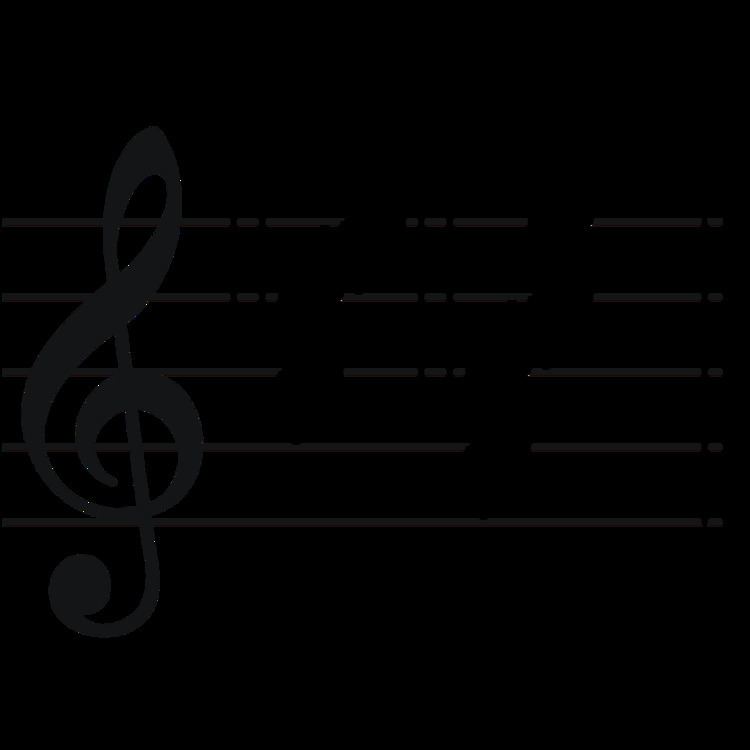Enharmonic E♭ minor | ||
 | ||
Relative key F♯ majorenharmonic: G♭ major Parallel key D♯ majorenharmonic: E♭ major Dominant key A♯ minorenharmonic: B♭ minor Subdominant G♯ minorenharmonic: A♭ minor | ||
D-sharp minor or D♯ minor is a minor scale based on D-sharp, consisting of the pitches D♯, E♯, F♯, G♯, A♯, B, and C♯. For the harmonic minor, C is used instead of C♯. Its key signature has six sharps.
E♭ minor is its enharmonic equivalent. Its relative major is F♯ major (or enharmonically G♭ major), and its parallel major is D♯ major, usually replaced by E♭ major, since D♯ major's two double-sharps make it impractical to use.
Changes needed for the melodic and harmonic versions of the scale are written in with accidentals as necessary.
D♯ minor is infrequently used as the principal key center of pieces in the Classical era. More common is notation in E♭ minor, which is a relatively manageable key for many brass instruments and woodwinds.
Compositions in D-sharp minor
In a few scores, 6-sharp key signatures in the bass clef are written with the sharp for the A on the top line.
Despite the key rarely being used in orchestral music other than to modulate, it is not entirely uncommon in keyboard music. For orchestration of piano music, some theorists recommend transposing the music to D minor or E minor. If D-sharp minor must absolutely be used, one should take care that B-flat wind instruments be notated in F minor, rather than E-sharp minor (or A instruments used instead, giving a transposed key of F-sharp minor), and E-flat instruments in C minor instead of B-sharp minor, in order to avoid double sharps in key signatures.
